Provocation of Violence
The use of the internet to incite, glorify, or organize violent acts, often against individuals, groups, or communities, is known as online provocation of violence.
1. Anonymity: Internet platforms provide a degree of anonymity, allowing individuals to spread violent rhetoric without immediate accountability.
2. Global Reach: The internet allows for the rapid dissemination of provocative content, reaching a large audience and potentially inciting larger-scale violence.
3. Social Media Amplification: Provocative messages on social media platforms can be amplified, contributing to the rapid spread of violent ideologies.
4. Online Organizing: Extremist groups can use the internet to organize and coordinate violent actions, endangering public safety.

Protection:
1. Report Threatening Content: Inform platform administrators and, if necessary, law enforcement about any online content that promotes violence.
2. Online Surveillance: Use monitoring tools to detect and track potential threats and violent rhetoric on the internet.
3. Educate Against Extremism: Encourage the development of educational programs that counter violent ideologies and extremism.
4. Community Reporting: Encourage people to report any suspicious online activity and work with law enforcement to prevent violence.
Example:
The use of social media to organize and coordinate violent events, such as protests that devolve into riots, in which online platforms are used to mobilize people and escalate tensions.
